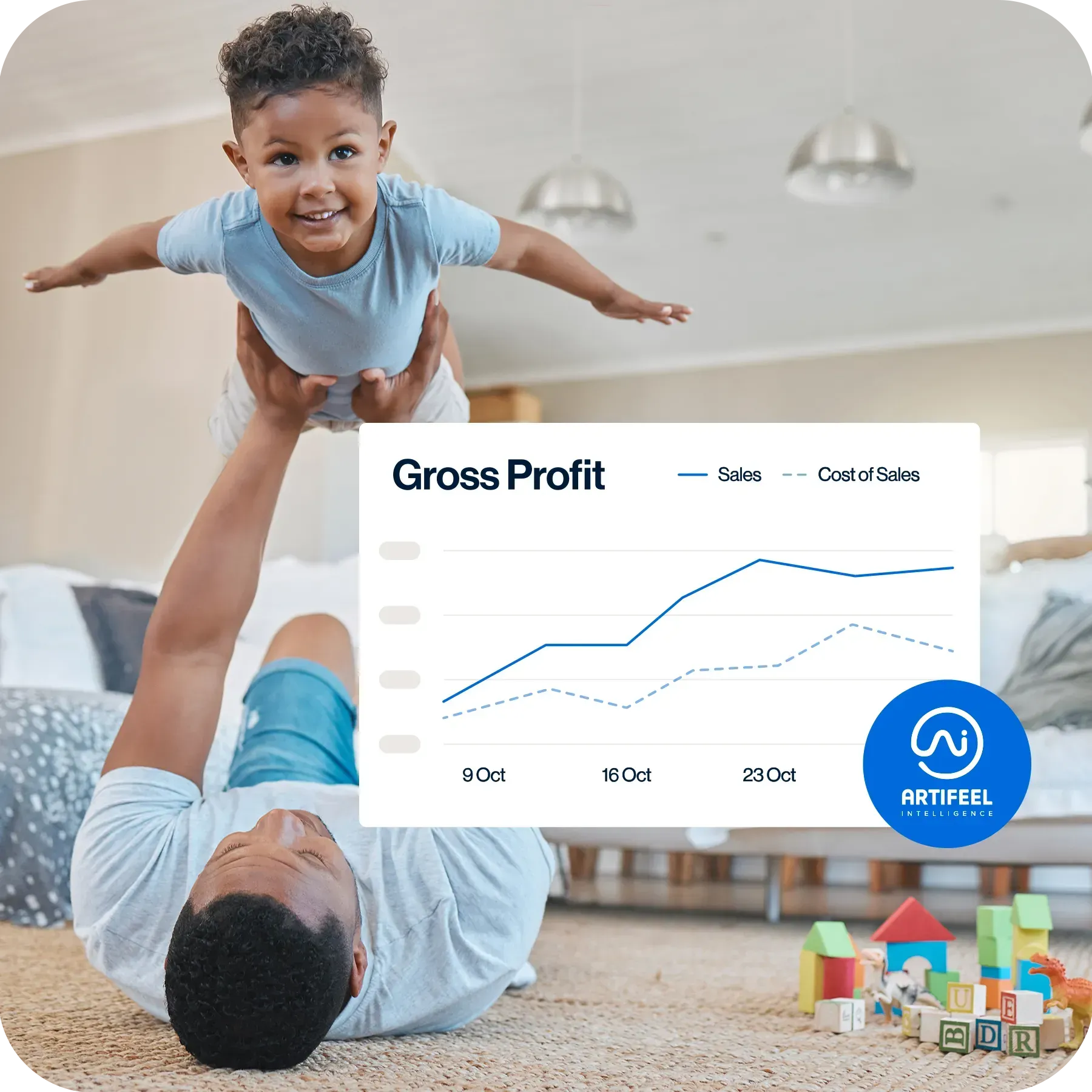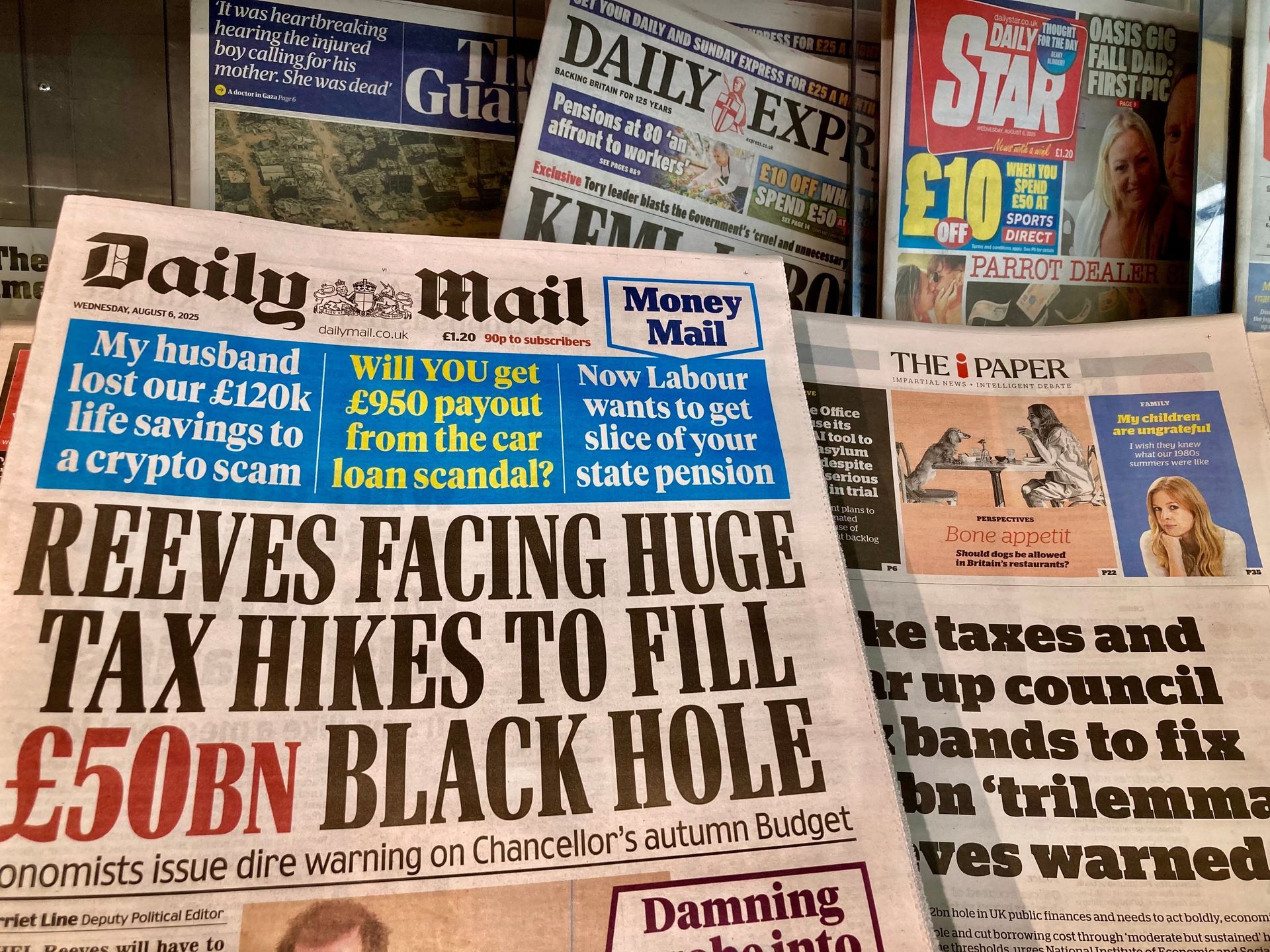By Pat van Aalst
•
October 24, 2025
A lot of great community projects start informally — a few people, a good idea, and the motivation to make a difference. Over time, though, many groups reach a point where the question comes up: “Should we register as a charity?” There’s no single answer that fits everyone. But understanding the pros, cons, and timing can help you make a confident decision. The Benefits of Registering Gift Aid on donations This is often the main reason groups register. Once you’re a registered charity, you can claim an extra 25p for every £1 donated by UK taxpayers. That’s effectively a 20%+ boost to your fundraising — without asking supporters to give more. Access to funding Many grant bodies, councils, and corporate funders will only work with registered charities. If you’re planning to grow, you’ll eventually find that registration opens doors that would otherwise stay closed. Credibility and trust Adding “Registered Charity No. XXXXX” to your materials signals that you’re accountable and established. It reassures donors, volunteers, and partners that your finances and governance are transparent. Tax and business rate relief Charities don’t usually pay corporation tax on income used for charitable purposes and can receive up to 80% off business rates — a major help if you rent or own premises. Supplier discounts From fundraising platforms to software, energy, and insurance providers, many suppliers offer reduced rates to registered charities. The Trade-Offs More admin Registration means you’ll need to file annual accounts and returns with the Charity Commission . It’s not overly complex, but it does require organisation and consistency. Governance responsibilities Charities must have trustees who oversee activities and finances. They generally can’t be paid, and funds must only be used for charitable purposes — which means less flexibility than an informal setup. Oversight and regulation The Charity Commission has the power to intervene if governance or finances aren’t up to standard. This oversight helps protect donors and beneficiaries, but it also means accountability is higher. Setting up properly You’ll need a constitution, a clear charitable purpose, and a board of trustees. Getting that groundwork right saves headaches later. The Hidden Costs to Be Aware Of Registering can bring new income opportunities — but also some financial responsibilities: Independent Examination (IE) Under £25,000 income – No external review needed; basic accounts are fine. £25,000–£250,000 – An IE is required, but this doesn’t have to be a professional accountant. A volunteer with the right skills often suffices. Over £250,000 – The IE must be done by a qualified accountant. There may be a fee unless you find someone willing to volunteer. Audit threshold Once your income exceeds £1 million , or certain asset/liability levels, you’ll need a full audit. That’s more work and higher cost. Professional services As your charity grows, you might also decide to outsource bookkeeping, payroll, or financial reporting. Gift Aid vs Costs — A Simple Example Here’s a simple way to see how Gift Aid can make a difference. If your group receives £20,000 in donations each year, claiming Gift Aid adds another £5,000 , giving you £25,000 in total . Even if you spent up to £500 on an independent examination, you’d still be around £4,500 to £5,000 better off than staying unregistered. At £50,000 of annual donations, Gift Aid would bring in £12,500 , for a total of £62,500 . With typical examination costs of around £1,000 , that’s an extra £11,500 in available funds. And if donations reach £100,000 , Gift Aid could add £25,000 , bringing your total to £125,000 . Even allowing about £1,500 for professional review costs, you’d still see a net gain of roughly £23,500 . Rough examples, but enough to show that Gift Aid usually outweighs the extra admin. When It Makes Sense to Register ✅ Income over £5,000 Once you pass this threshold, you’re eligible to apply. For many groups, this is where Gift Aid starts to make a real difference. ✅ Mainly donation-funded If your supporters give regularly, Gift Aid can add thousands each year without increasing donations. ✅ Looking to expand Planning to apply for grants, employ staff, or lease a property? Registration is often required to do so. ✅ Wanting structure and accountability Formal status helps clarify who’s responsible for decisions and how funds are used — which reduces the risk of future disputes. When You Might Stay Informal If your group raises less than £5,000 a year and intends to stay small, the admin may not be worth it. If your income mainly comes from trading — such as selling products or services — the benefits of Gift Aid may not apply. And if your activities are primarily social or recreational rather than charitable, you might not meet the Charity Commission’s definition of a charitable purpose. Bottom Line Registering as a charity can bring credibility, access to funding, and a welcome boost through Gift Aid. But it also adds structure, rules, and a layer of accountability. If your group is growing, r egularly raising over £5,000 , or planning to expand its reach, now’s a good time to explore registration. With a clear constitution and some light-touch financial support, becoming a charity can set you up for long-term impact and sustainability.







